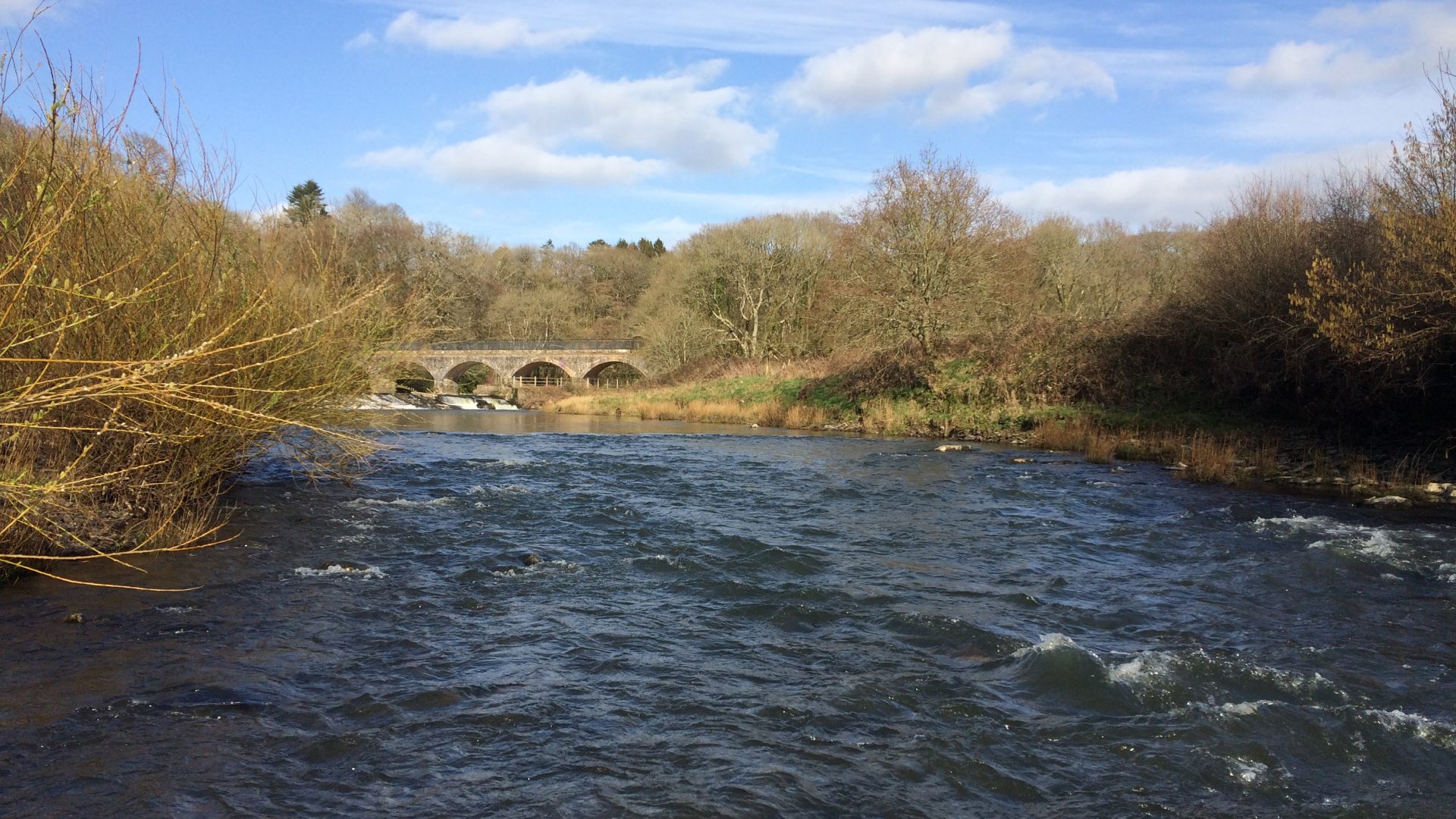The River Torridge Salmon Hatchery
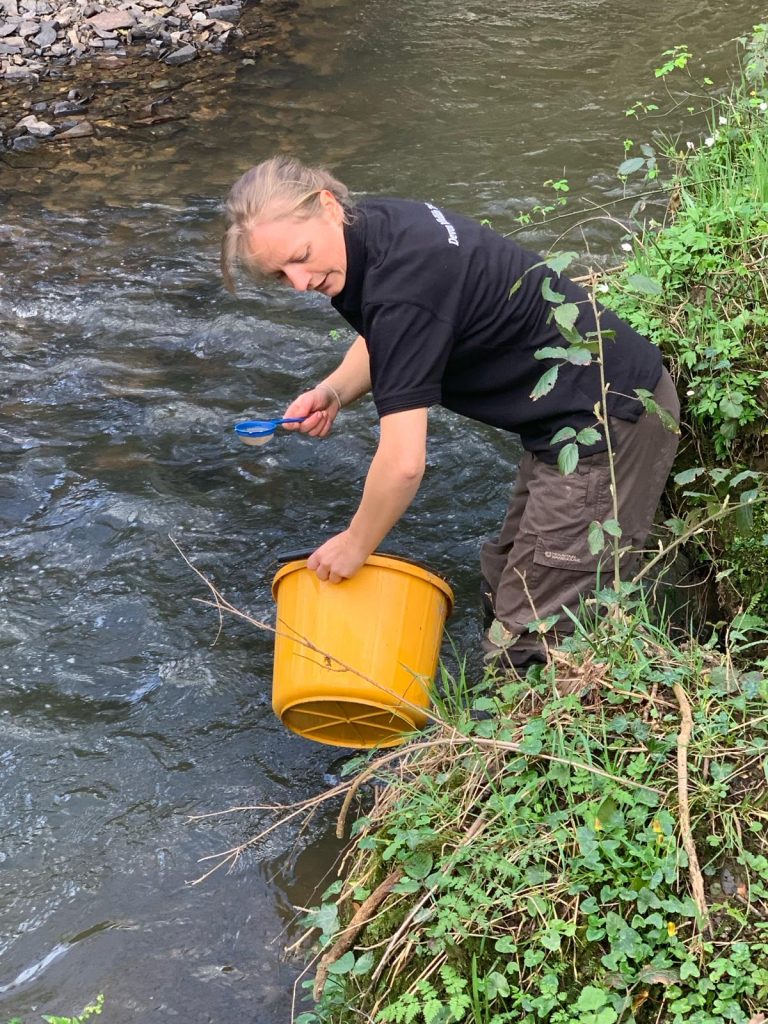
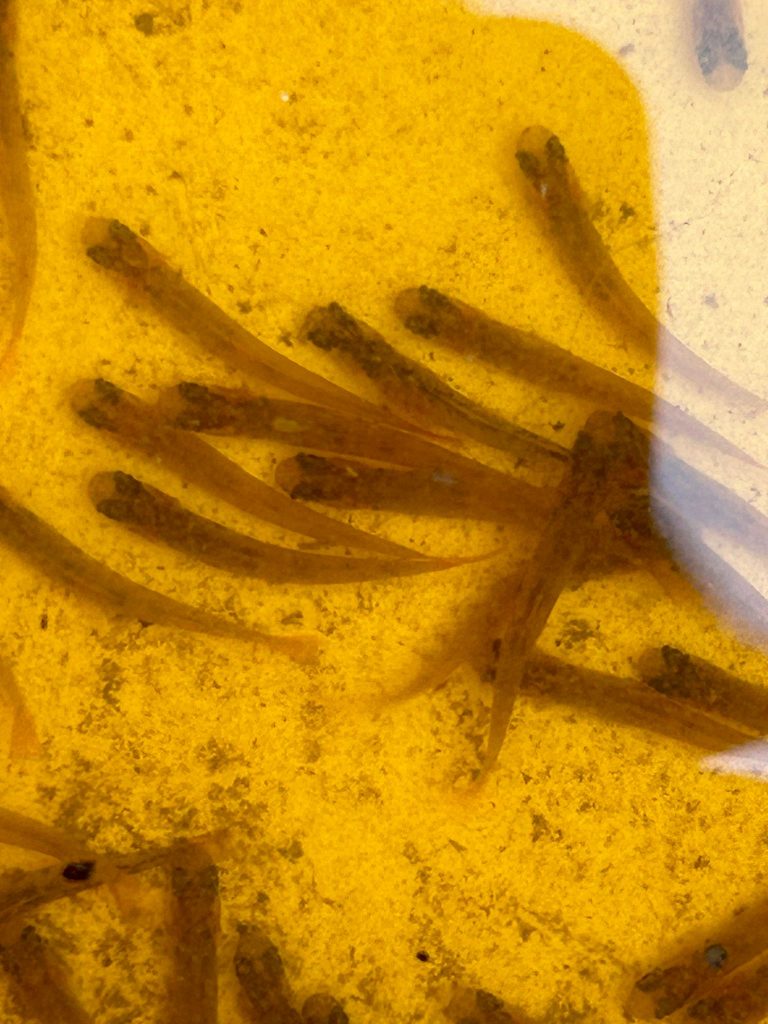
For the last 15 years a small group of volunteers has run a salmon Hatchery beside the River Okement at Monkokehampton. It is extremely time consuming, but very rewarding. In early spring over 22,000 young salmon (salmon fry) are stocked out into the headwaters of the Torridge and its tributaries.
The Torridge Rivers Association always wanted to set up its own Hatchery, so in 2007 a site was located beside the mill at Monkokehampton and we were able to purchase several holding tanks from the Environment Agency. It has very much been a learning curve and we have been indebted for the support and expertise of the fishery officers, Paul Carter, Callum Underhill and more recently Sam Fenner.
The annual process starts in early November with the capture of the Broodstock from the fish pass beside Monkokehampton Weir. The adult fish are transported the short distance back to the hatchery in an oxygenated tank and after being weighed and measured, are placed in the holding tank. The EA allows us to trap a maximum of five Hens and five Cocks. There has to be a regular flow of water through the tank: this is gravity fed from the mill leat. The Broodstock have to be treated every other day to avoid the onset of a fungal growth on their heads.
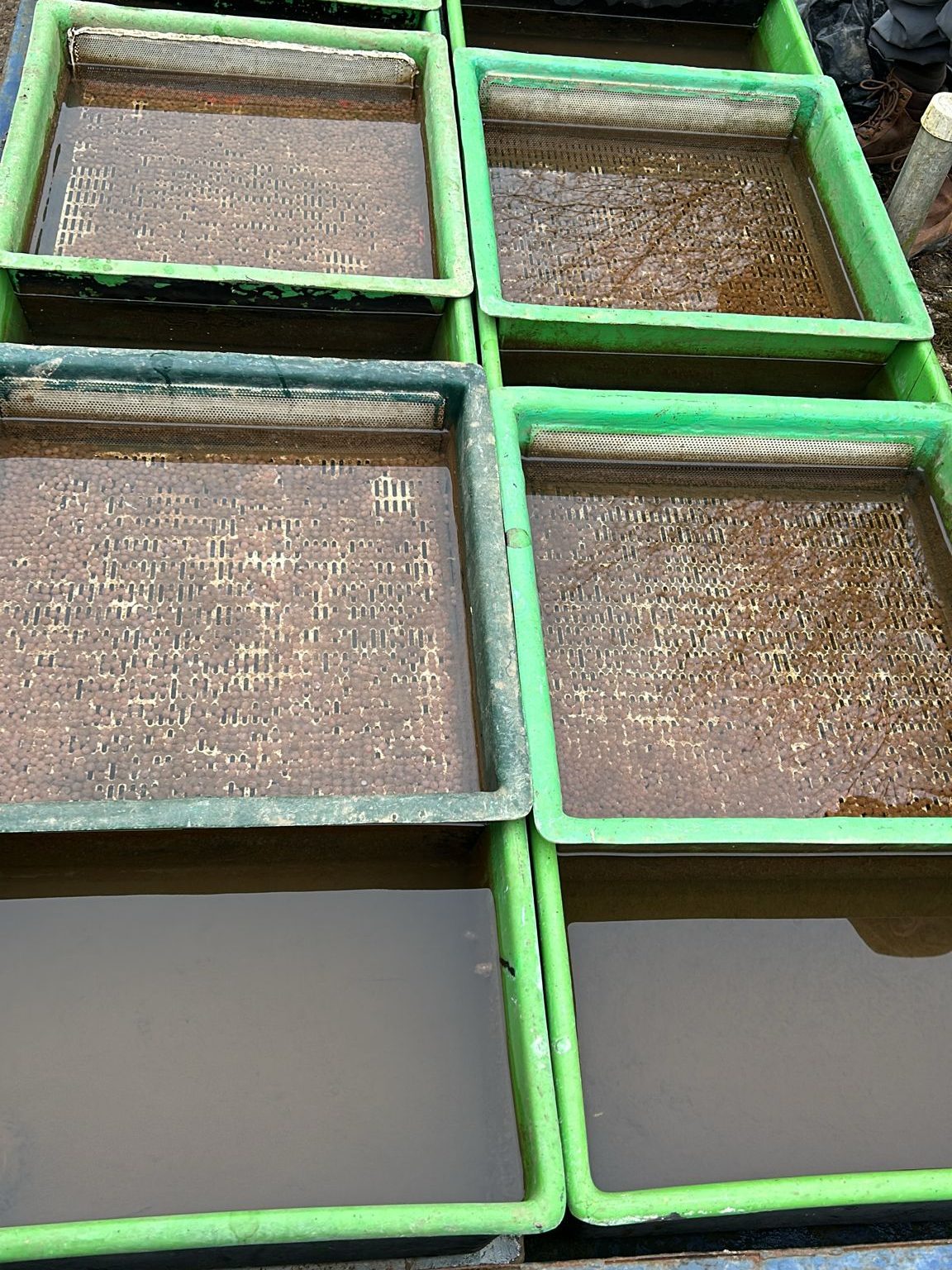
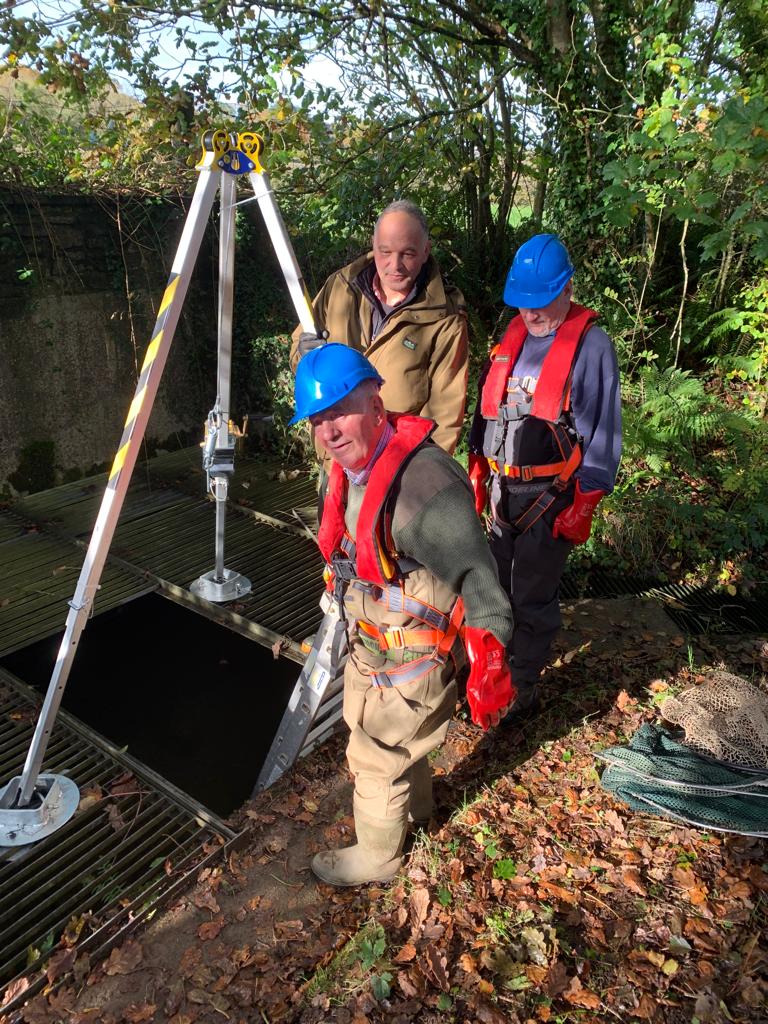
By early December, the Hens are ready to be stripped of their eggs, which are fertilised by the milt of the cock fish. On average each hen will provide about 7,000 eggs. The fertilised eggs (ova) are laid out in trays; again a regular flow of water from the mill leat is essential. After several weeks the eggs will start to “eye up” (little black dots inside the egg): the first sign of life and two or three weeks later will start to hatch. Each baby Salmon (at this stage called alevin) will have a small yolk sac which provides food. They grow quickly and as soon as the reserves in the yolk sac have been used up, the little fish have to start feeding themselves. In the trays they will come up to the surface looking for food: hence they get the name “swim-up fry”. It is at this juncture, normally about mid-March, that they are ready to be stocked out. Batches of about 1,000 are transported by the band of volunteers to specially selected sites in the headwaters where they will have the best chance of survival. The young Salmon will spend two years in the river growing into Salmon Parr before swimming downstream into the Bristol Channel. About 8 inches long and very silvery, they are known at this stage of their life cycle as Salmon Smolt. These little fish will then begin their migration of several thousand miles to the feeding grounds off Greenland before returning as an adult salmon two years later by which time some of them will weigh over 15lb. Salmon will always return to the river of their birth, so we know that hopefully a few of our “swim-up” fry will return to the Torridge as adults.
Why do we go to all the trouble of running a Hatchery?
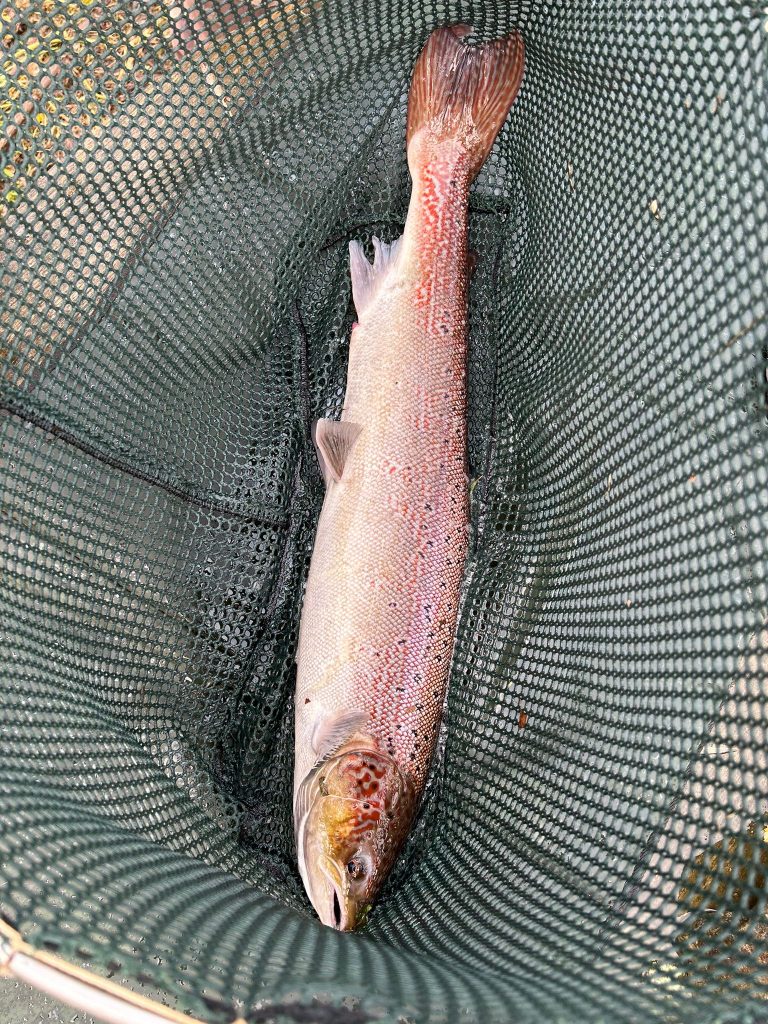
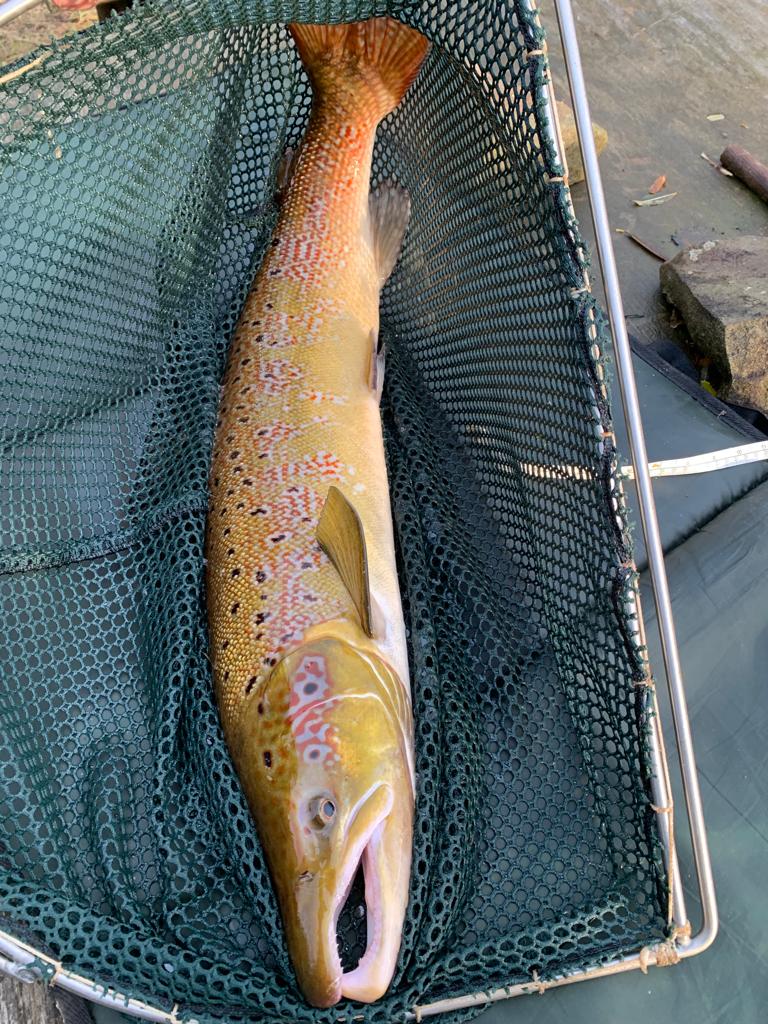
In the last fifty years, the numbers of Salmon returning to all the rivers in the British Isles has fallen dramatically, and nowhere is this more true than on our own river here in North Devon. Compared to fifty years ago, Salmon numbers in the Torridge have declined by over 90%. If this decline is not halted, it will not be too long before the Torridge Salmon will be something we can only talk about but never see. The changes in our climate are one of many reasons for the decline. Winters are getting warmer and wetter. During the winter months the river is continuously in spate, often bank high or in floodand most, if not all, of the Salmon eggs deposited in the gravel will be washed away. The few that were left will be covered in a layer of muddy silt, starving them of the oxygen so necessary for their survival. So at least the 20,000 swim-up fry we stock out have a head start.
Fertilisation success and low mortality would be hard to achieve naturally. Electro fishing of controlled sites six months after stocking out have always demonstrated excellent survival rates.
We have no proof that the hatchery is making a difference but we like to think our efforts are helping.
